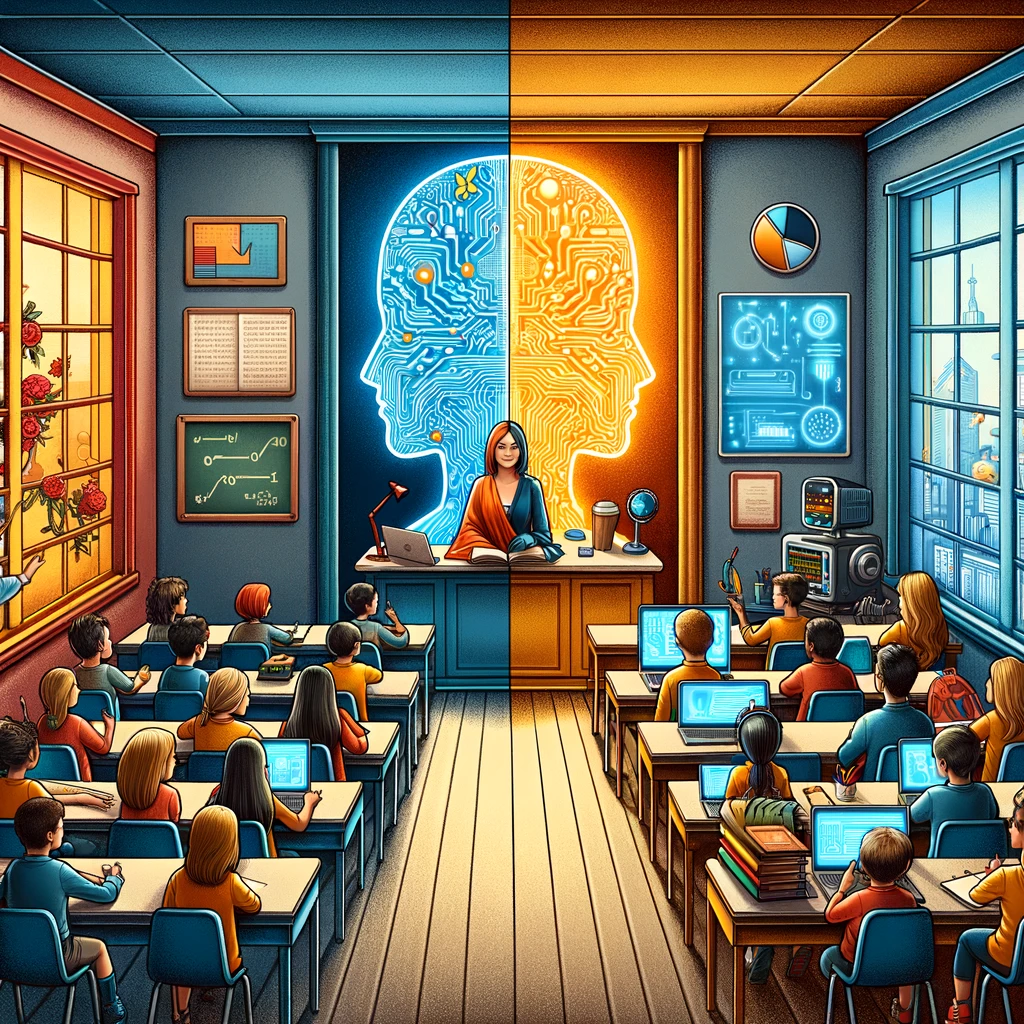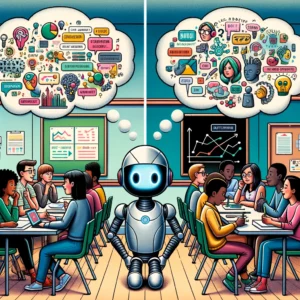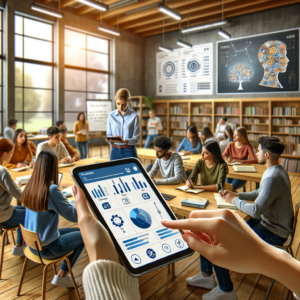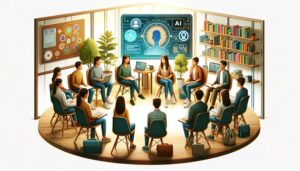There’s a growing divide between educators who favor traditional, human-led teaching methods and those who advocate for the integration of artificial intelligence (AI) in the classroom. This shouldn’t surprise us. There are always teachers who are quick to adopt new technologies and others that, well, like things the “old school” way.
Proponents of team “human” emphasize that education transcends the mere transfer of knowledge and skills. They argue that the essence of learning is deeply rooted in human interaction – an opinion supported by neuroscience which has found that brainwaves actually synchronize during human conversations – a complex and subtle process called neural coupling where brains literally match patterns, facilitating empathy, understanding, and deeper cognitive connections. This phenomenon, unique to human interaction, is currently beyond the capabilities of AI.
In contrast, supporters of team “AI” highlight the efficiency, accessibility, and personalized learning opportunities that AI can bring to education. AI tools can offer tailored lessons, instant feedback, and a vast repository of knowledge, potentially revolutionizing how students learn and teachers teach.
The key is not to try not to choose sides but to understand and articulate the critical role of human elements in education. This involves recognizing that while AI can enhance the educational experience, it cannot replace the irreplaceable – the emotional, social, and psychological benefits that arise from human interaction. It’s not just about imparting skills but about nurturing well-rounded individuals capable of empathy, critical thinking, and creativity.
The challenge for educators is to integrate AI in a way that complements and enhances human interaction rather than replaces it. This is where Teach Different can help. Our conversation technique provides a framework for positive human interaction. Check out the Teach Different Podcast and hear how it works.
Picture by Dall-E.





